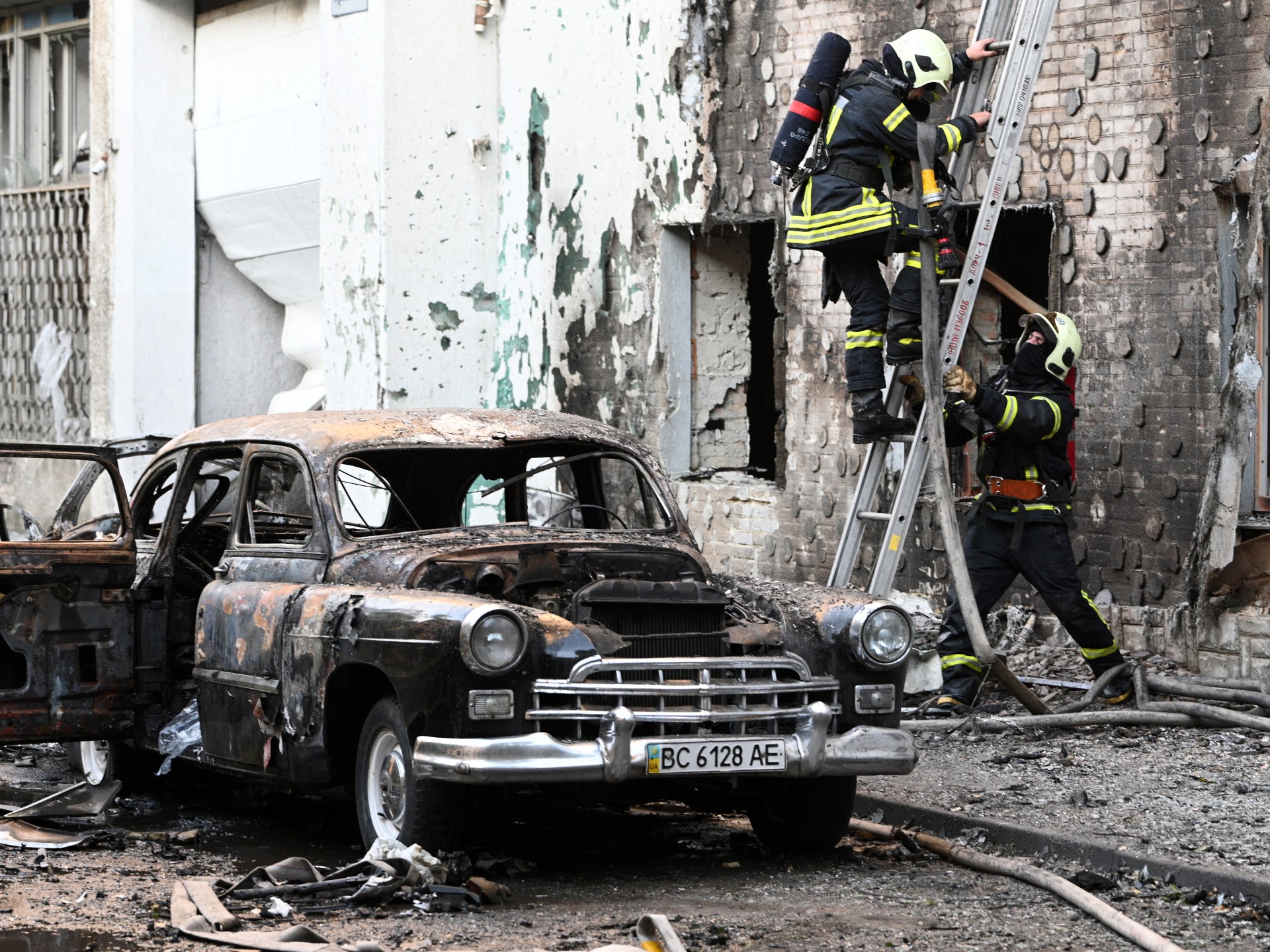Preliminary investigation does not apportion blame for Boeing 787 crash that killed 260 people in June.
Fuel control switches to the engines of an Air India flight that crashed shortly after takeoff last month were moved from the “run” to the “cutoff” position moments before impact, according to a preliminary report.
The report, issued by India’s Aircraft Accident Investigation Bureau (AAIB) early on Saturday, did not offer any conclusions or apportion blame for the June 12 disaster that killed 260 people in the plane and on the ground, but said the shift occurred three seconds after takeoff.
After the switches flipped, the Boeing 787 Dreamliner immediately began to lose thrust and sink down, according to the report.
One pilot can be heard on the cockpit voice recorder asking the other why he cut off the fuel. “The other pilot responded that he did not do so,” the report said.
It did not identify which remarks were made by the flight’s captain and which by the first officer, nor which pilot transmitted “Mayday, Mayday, Mayday” just before the crash.
The preliminary report also does not say how the switch could have flipped to the cutoff position on the London-bound flight from the Indian city of Ahmedabad.
United States aviation safety expert John Cox said a pilot would not be able to accidentally move the fuel switches that feed the engines.
“You can’t bump them and they move,” he told the Reuters news agency.
Flipping to cutoff almost immediately cuts the engines. It is most often used to turn engines off once a plane has arrived at its airport gate and in certain emergency situations, such as an engine fire. The report does not indicate there was any emergency requiring an engine cutoff.
“At this stage of investigation, there are no recommended actions to Boeing 787-8 and/or GE GEnx-1B engine operators and manufacturers,” India’s AAIB said.
Air India acknowledged the report in a statement on the social media site X. The carrier said it was cooperating with Indian authorities but declined further comment.
Earlier this week, specialist website The Air Current, citing multiple sources familiar with the probe, reported it had “narrowed its focus to the movement of the engine fuel switches”, while noting that full analysis will “take months – if not longer”.
It added that “the focus of the investigators could change during that time”.
The Indian agency’s report said that the US Federal Aviation Administration had issued an information bulletin in 2018 about “the potential disengagement of the fuel control switch locking feature”.
Though the concern was not considered an “unsafe condition” that would warrant a more serious directive, Air India told investigators it did not carry out suggested inspections as they were “advisory and not mandatory”.
Air India was compliant with all airworthiness directives and alert service bulletins on the aircraft, the report added.
The investigations bureau did not assign blame on the aircraft’s manufacturer, Boeing, but the investigation is still ongoing, and additional evidence and information have been “sought from the stakeholders”.
Boeing did not immediately respond to a request for comment. The company previously faced scrutiny around production and safety measures of its separate 737 MAX programme following previous incidents of deadly crashes.
There were 242 people on board the plane, including passengers and crew. Only one, Viswashkumar Ramesh, survived.
The plane crashed in a residential area called Meghani Nagar, and 19 people on the ground were also killed.
The AAIB, an office under India’s Ministry of Civil Aviation, is leading the probe into the world’s deadliest aviation accident in a decade.




Leave a Comment